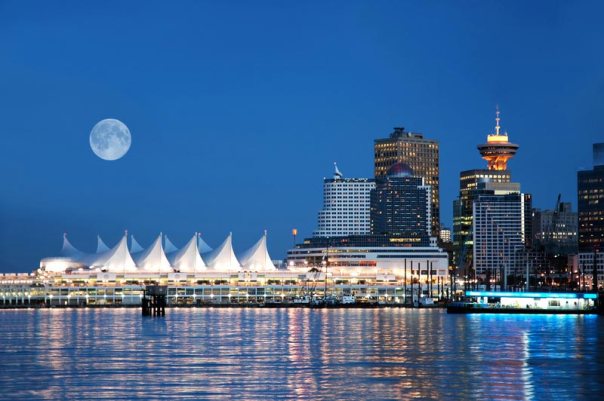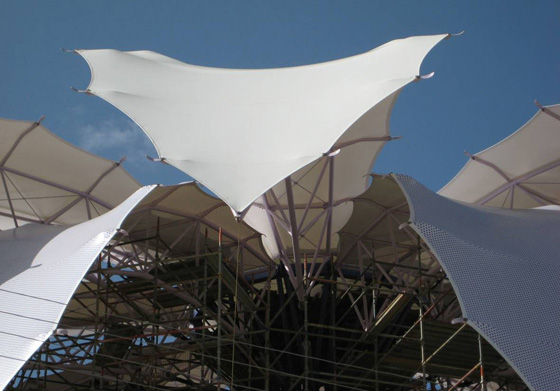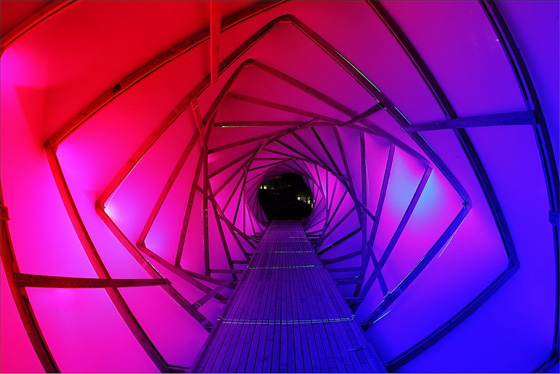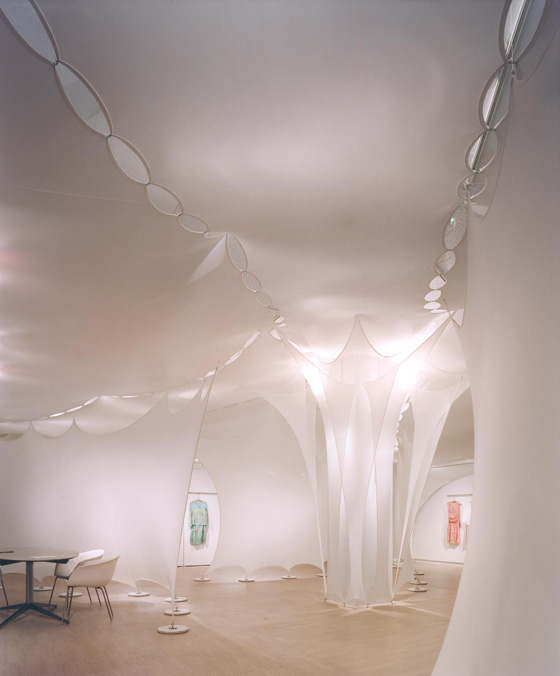Pal-imp-sest: a parchment or tablet, reused after earlier writing has been erased (Oxford Dictionary)
Palimpsest — A compounding of designs, layers of creation, like sedementary rocks, they tell a story of time. This is perhaps my new favourite term, especially when looking at it in terms of Architecture, or indeed Textiles, which we’ve been asked to do in this research.
In searching for examples of Palimpsest, I came across this explanation in the Thesis by Robbert Verheij, on Architectural Palimpsest. ¹
It is a metaphor to suggest the processes of transformation through time. Phenomena occurring in the world around us constantly change and evolve, but at the same time they leave inscriptions and traces.
Palimpsest for me us conversation between the old and new, traditions and modernity, generation differences in aesthetics, all talking about the same thing, only use different vocabularies.
Reading through the pages 68-70 (PLACE) Totes Haus ur by Gregor Schneider, 2001 (an uninhabited apartment, with hidden doors, and light coming in through dark window, shifting out perception of room, and safe places) I reminded of the main characters explanation of making of quilts in the book “Alias Grace” by Margrete Atwood, The idea of a bed, made beautiful, adorned with a handmade quilt, is a beautiful place, where we rest, love, sleep, and dream. It can also be a sinister place, where woman give birth, where you are ill, and where you often die.
We often look at textiles in a warm, comforting way, a place to hide away, to be safe, but this isn’t always the case.

In a more positive light, Palimpsest in quilts, often past down through generation, tell a story through cloth. A torn piece of a flag, a mothers hankerchief, a corner of a favourite dress, or a piece of a baby blanket, all composed to create a tapestry of history, telling a story of each generation. It was not uncommon, in early American culture, for quilts to reflect a mosaic of a woman’s life, often including swatches of material from memorable events such as pieces of a wedding gown or a child’s baptismal garment ² and were often mentioned in a will, past down from generation to generation.
Another beautiful textile Palimpsest is Kantha Quilts made from layers of Sari materials and hand-sewn running stitches.
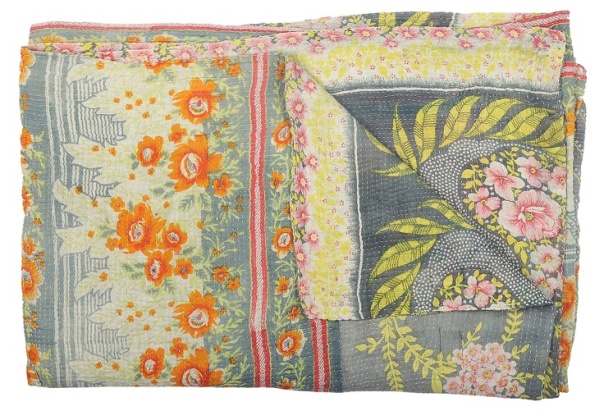
And of course there is the utterly wonderful and my favourite textiles in the world. The Japanese Boro, made very similarly to the Kantha quilt, with simple parallel running stitched binding worn and old indigo cloth, constantly mending it over and over with more and more patches, until, it consists only of patches.

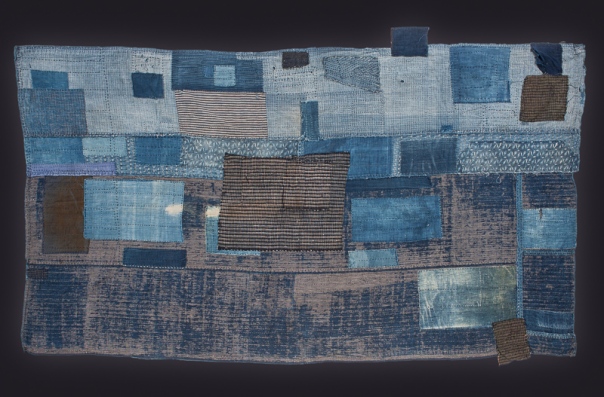
In summary, the whole idea of Palimpsest in textiles, is to keep, mend/ make / add to, and pass so future generations can remember and re-tell the story.
Life is made of layers of time, represented in fabric mended together by memories.
-
Robbert Verheij, Architectural Palimpsest.Graduation thesis Faculty of Architecture Delft University of Technology pg. 12.
- Quilts, available at https://en.wikipedia.org/wiki/Quilt [29-11-17]





